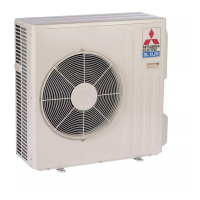
Do you have a question about the Mitsubishi MUZ-D30NA and is the answer not in the manual?
| Brand | Mitsubishi |
|---|---|
| Model | MUZ-D30NA |
| Category | Air Conditioner |
| Language | English |
Specifies maximum refrigerant piping length and height difference.
Details additional refrigerant charge calculation for extended piping.
Provides performance data including cooling and heating capacities.
Graphical representation of performance characteristics under various conditions.
Data on condensing pressure based on indoor/outdoor conditions.
Key operational data for standard conditions.
Correction factors for capacity and input based on compressor frequency.
Procedure for conducting test run operation with fixed frequency.
Control logic for the outdoor fan motor based on compressor operation.
Control operation of the reversing valve coil for heating and cooling modes.
Maps sensors to actuators for system control and protection.
Function to prevent compressor damage from moisture by heating the winding.
Procedure to adjust the defrost finish temperature setting.
Important safety and handling precautions before troubleshooting.
How to recall and analyze past failure modes for diagnosis.
Table listing symptoms, indications, conditions, and remedies for troubleshooting.
Criteria for checking the functionality of major components.
Step-by-step diagnostic guides for various components.
Guidelines for addressing electromagnetic noise interference with electronic devices.
Step-by-step guide to remove the outdoor unit cabinet components.
Instructions for removing internal electronic boards and assemblies.
Procedure for removing the Reversing Valve coil component.
Steps to remove temperature sensors from the outdoor unit.
Guide for disassembling and removing the outdoor fan motor.
Process for removing the compressor and 4-way valve assembly.
Instructions for removing the reactor component.

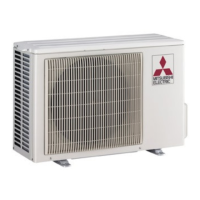

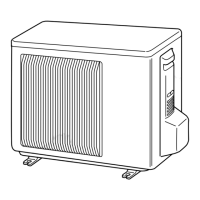


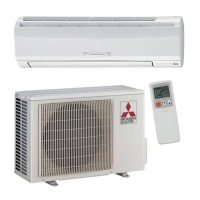

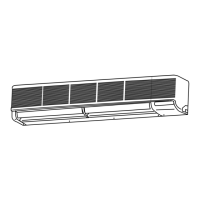

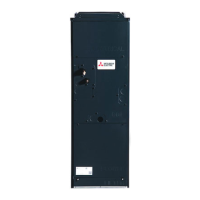
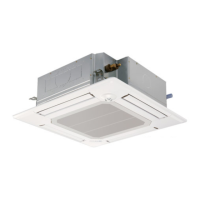
